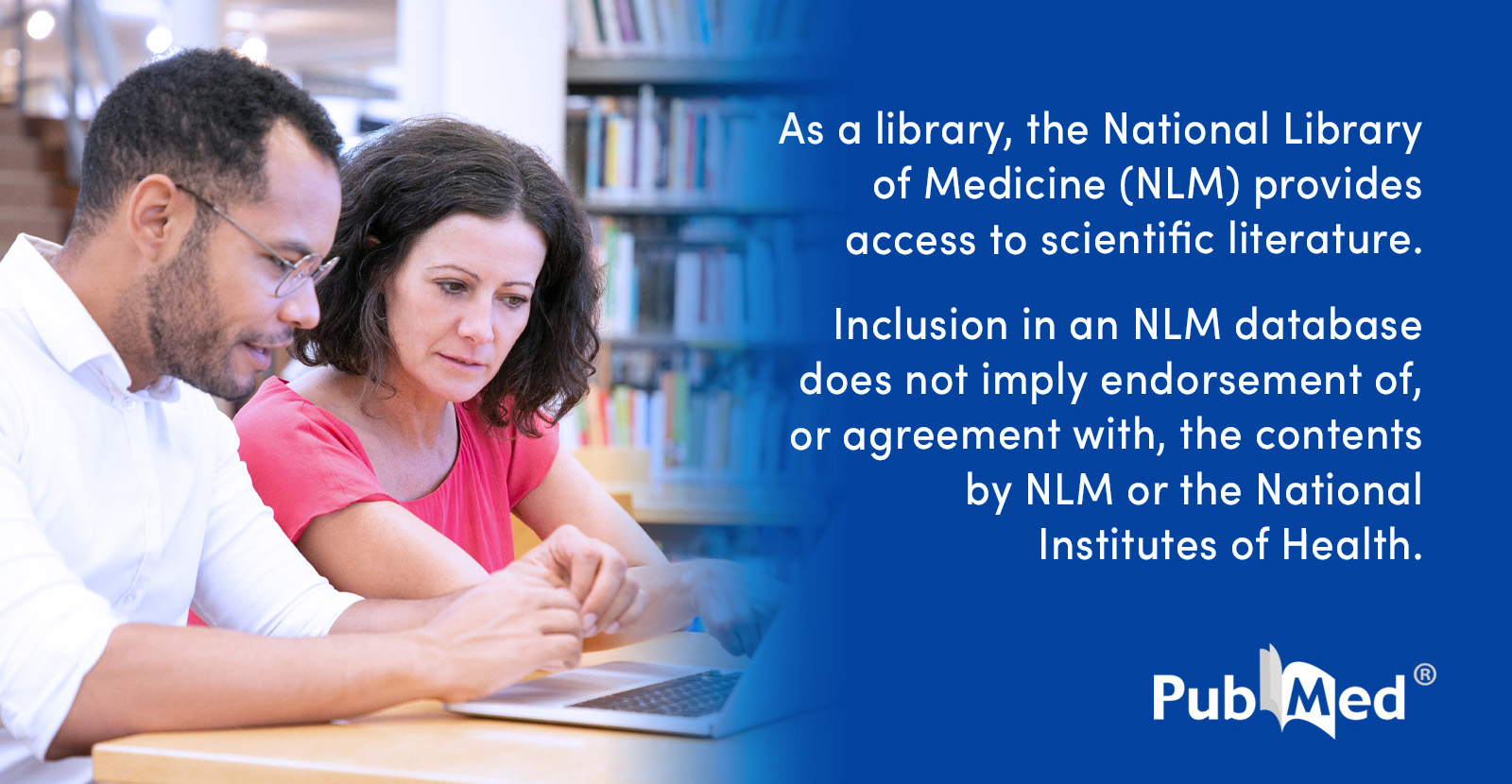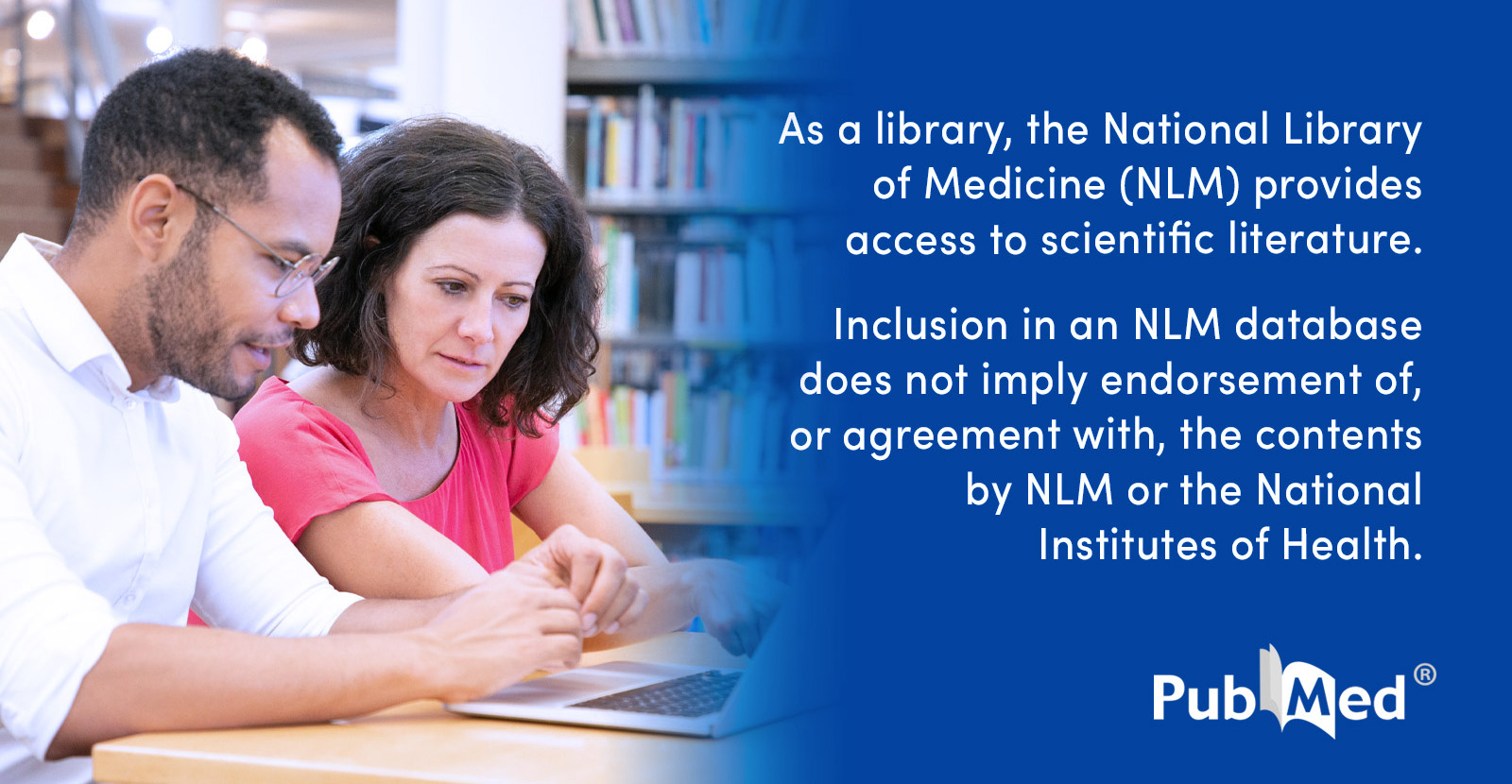Retracted: T-peak to T-end Interval Predicts Appropriate Shocks in Patients with Heart Failure Undergoing Implantable Cardioverter Defibrillator Implantation for Primary Prophylaxis.
Autor: Sen, Ömer; Yilmaz, Samet; Sen, Fatih; Balcı, Kevser G.; Akboga, Mehmet K.; Yayla, Cagrı; Özeke, Özcan
Publication year: 2024
Annals of noninvasive electrocardiology : the official journal of the International Society for Holter and Noninvasive Electrocardiology, Inc
issn:1542-474X 1082-720X
doi: 10.1111/anec.12383
Abstract:
BACKGROUND: T-wave peak to T-wave end interval (Tp-e) correlates with dispersion of ventricular repolarization. The purpose of this study was to assess the ability of Tp-e to predict appropriate implantable cardioverter defibrillator (ICD) shocks and all-cause mortality in patients who underwent ICD implantation for primary prophylaxis. METHODS: Two hundred twenty-eight patients with left ventricular ejection fraction ≤35% and an ICD implanted were followed-up prospectively. Patients divided into two subgroups according to presence of appropriate ICD shocks (Group 1: 112 patients with ICD shocks, Group 2: 116 patients without shocks). End points were appropriate ICD therapy due to ventricular tachycardia (VT)/ventricular fibrillation (VF), death, and a combined end point of VT/VF or death. RESULTS: During a mean follow-up of 22.3 ± 7.7 months, appropriate ICD shocks were observed in 112 of 228 patients (49.1%). The mean duration of the Tp-e Group 1 was significantly longer than Group 2 (115.3 ± 22.2 vs 104.7 ± 20.2 ms, P < 0.001). Ischemic etiology and Tp-e duration were found to be independent predictors of ICD therapy. When the patients were divided into two groups based on Tp-e interval, there was no significant difference regarding the mortality between groups (21.2% vs 21.8%, P: 0.186). However, appropriate ICD shocks due to VT/VF (37.5% vs 58.8%, P < 0.001) and combined end point (39.4% vs 64.5%, P: 0.002) were significantly higher in patients with longer Tp-e group. CONCLUSIONS: Tp-e interval independently predicts appropriate ICD shocks in patients with systolic dysfunction and ICDs implanted for primary prevention. Language: eng Rights: © 2016 Wiley Periodicals, Inc. Pmid: 27265779 Tags: Link: https://pubmed.ncbi.nlm.nih.gov/27265779/








